

02-10-23
Employee retention is a critical concern for businesses across the United States. As companies strive to maintain a stable workforce, employee retention credit (ERC) has emerged as a valuable tool. In response to the economic challenges posed by the COVID-19 pandemic, the ERC was introduced as part of the Coronavirus Aid, Relief, and Economic Security (CARES) Act in March 2020. It has since been expanded and extended through subsequent legislation, making it essential for businesses to comprehend its intricacies.
In this blog post, we will explore the Employee Retention Credit or Employee Retention Tax Credit in detail, including its eligibility criteria, calculation methods, and the impact it has on businesses and their employees.
What is the employee retention credit?
The Employee Retention Credit is a refundable tax credit designed to incentivize businesses to retain their employees during times of economic hardship. Initially created to address the financial challenges posed by the COVID-19 pandemic, the ERC has since evolved into a significant tool for businesses aiming to preserve their workforce.
Eligibility Criteria
In order to be eligible for the Employee Retention Credit (ERC), businesses are required to meet certain predefined criteria:
1. Business Operations: The ERC is available to businesses that were either partially or fully suspended due to government orders related to COVID-19 or experienced a significant decline in gross receipts compared to the same quarter in the prior year.
2. Size of Business: The eligibility criteria differ based on the size of the business. In most cases, businesses with fewer than 500 employees meet the eligibility requirements. However, larger businesses may also qualify under certain conditions.
3. Government Assistance: Businesses that received Paycheck Protection Program (PPP) loans can still claim the ERC, but not for the same wages used for PPP loan forgiveness.
Calculation of the Employee Retention Credit
The calculation of the ERC can be complex, but understanding the basics is crucial for businesses aiming to maximize their benefits. The credit is determined based on qualified wages paid to eligible employees.
1. Qualified Wages: These are wages paid to employees during the eligible period, which can include salaries, healthcare costs, and certain retirement plan contributions.
2. Maximum Credit: The maximum credit amount is 70% of qualified wages, up to $10,000 per employee per quarter in 2021. This means that the maximum credit per employee per quarter is $7,000.
3. Eligible Time Period: The ERC was initially available for 2020 and the first two quarters of 2021. However, it has been extended through the end of 2021 and into 2022 for some businesses.
4. Significant Decline in Gross Receipts: To determine the credit amount, businesses must calculate their decline in gross receipts compared to the same quarter in the prior year. If gross receipts are less than 50% of the prior year's quarter, all wages paid to employees during that quarter are considered qualified wages.
5.Full-Time Equivalent (FTE) Employees: In some cases, the ERC may also consider the number of FTE employees. A reduction in FTE employees can affect the amount of the credit.
Benefits of the Employee Retention Credit
The ERC offers several benefits to eligible businesses:
1. Financial Support: The credit provides direct financial support to businesses, helping them cover employee wages and related expenses during challenging times.
2. Employee Retention: By offering financial incentives to retain employees, the ERC can reduce layoffs and furloughs, preserving the stability of the workforce.
3. Cash Flow: The ERC is a refundable tax credit, meaning that businesses can receive a cash refund if the credit exceeds their tax liability. This can provide much-needed cash flow during economic downturns.
4. Maximizing PPP Loans: Businesses that received PPP loans can still benefit from the ERC, but they cannot use the same wages for both programs. This allows businesses to optimize their financial relief options.
How to Claim the Employee Retention Credit
Claiming the ERC requires careful documentation and compliance with IRS guidelines. Here are the key steps:
1. Determine Eligibility: Ensure that your business meets the eligibility criteria, considering factors like government orders and gross receipts.
2. Calculate Qualified Wages: Calculate the qualified wages paid to eligible employees during the specified quarters.
3. Claim the Credit: Report the credit on your quarterly employment tax return (Form 941) or annual tax return (Form 943 for agricultural employers).
4. Retain Records: Keep detailed records of your calculations, including documentation of the decline in gross receipts and any government orders that led to the suspension of business operations.
5. Seek Professional Guidance: The complexity of the ERC makes it advisable to seek guidance from tax professionals or accountants who can help you navigate the process accurately.
Conclusion
The Employee Retention Credit has emerged as a vital lifeline for businesses across the United States during challenging economic times, particularly in the wake of the COVID-19 pandemic. Understanding the eligibility criteria, calculation methods, and benefits of the ERC is essential for businesses aiming to retain their workforce and secure much-needed financial relief.
Tags :


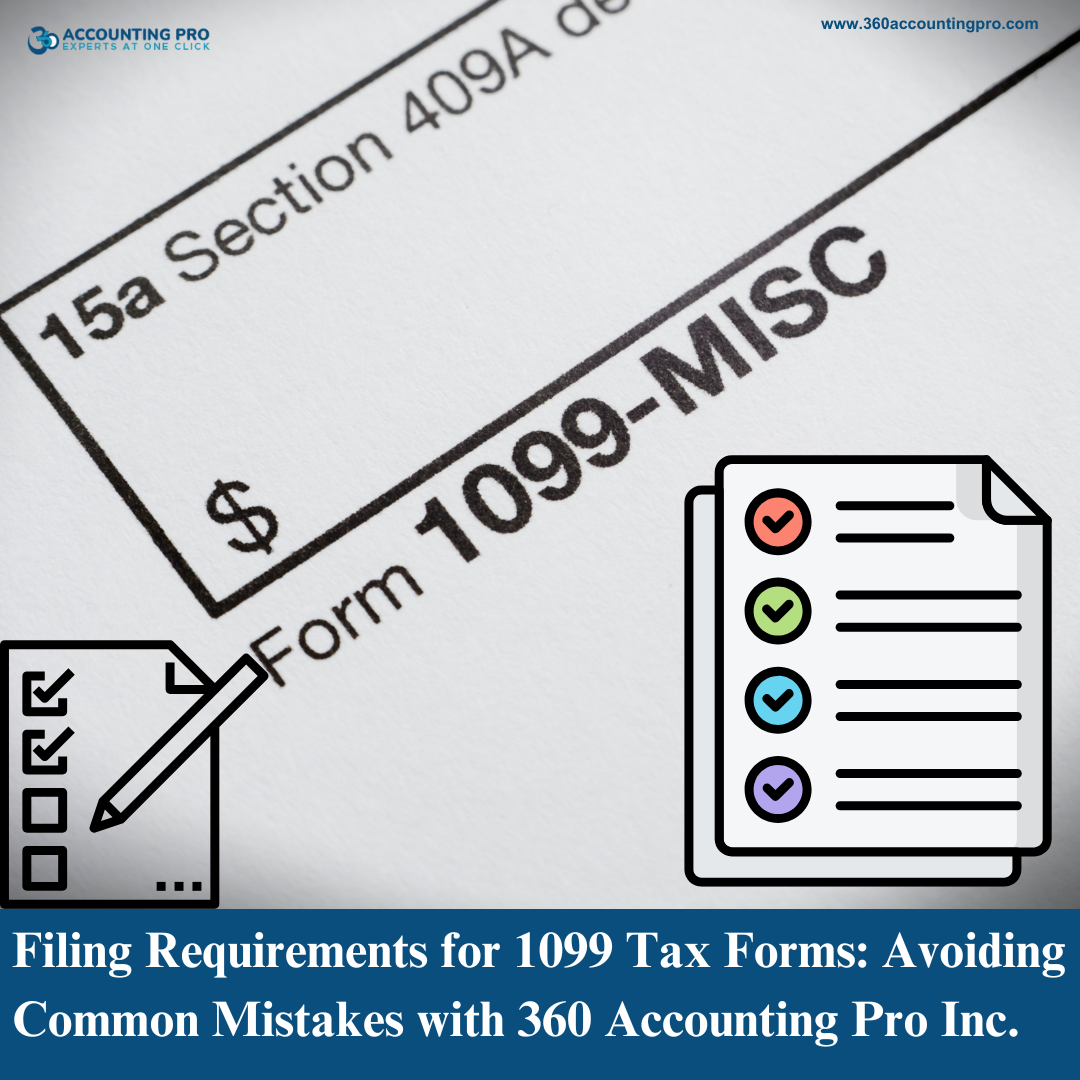





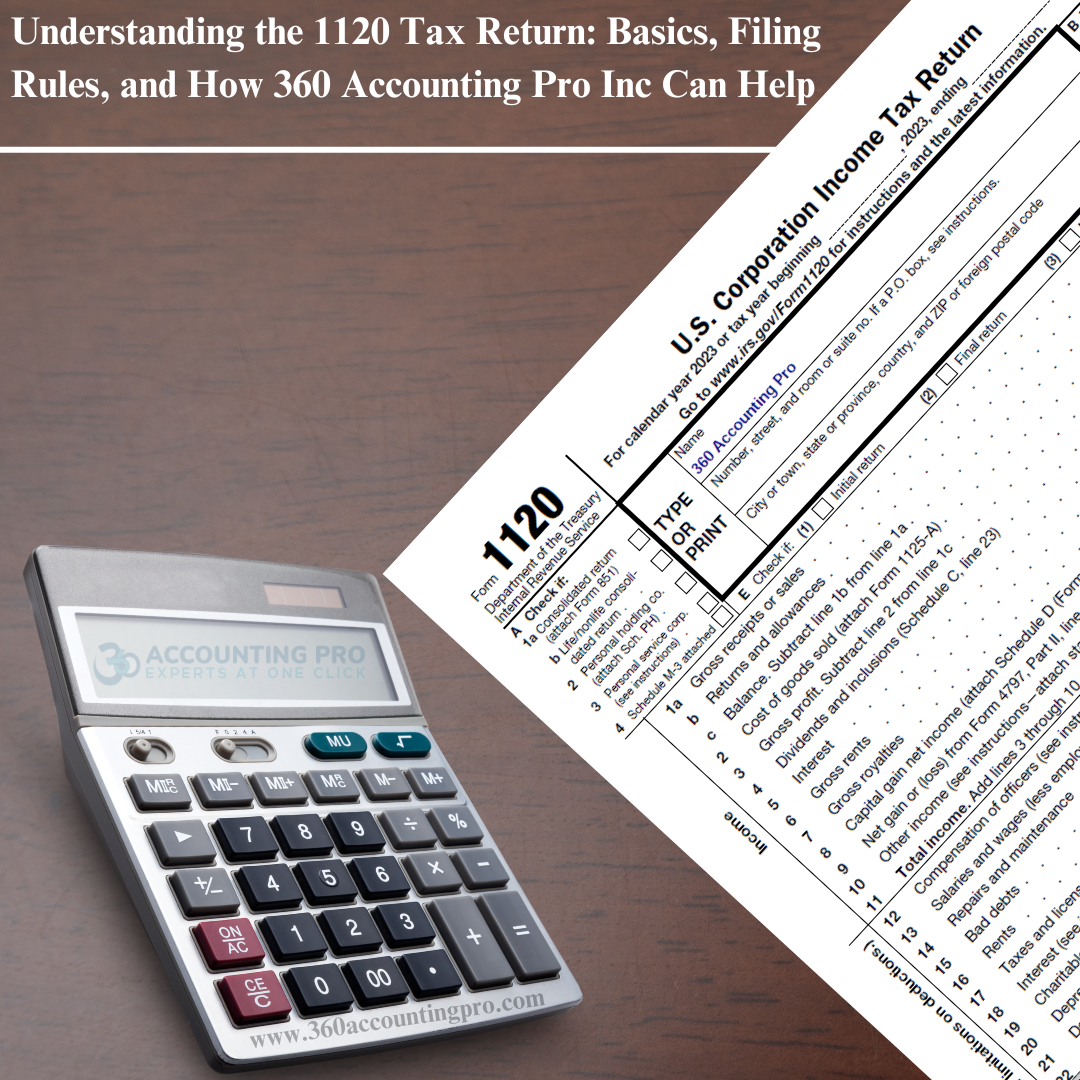

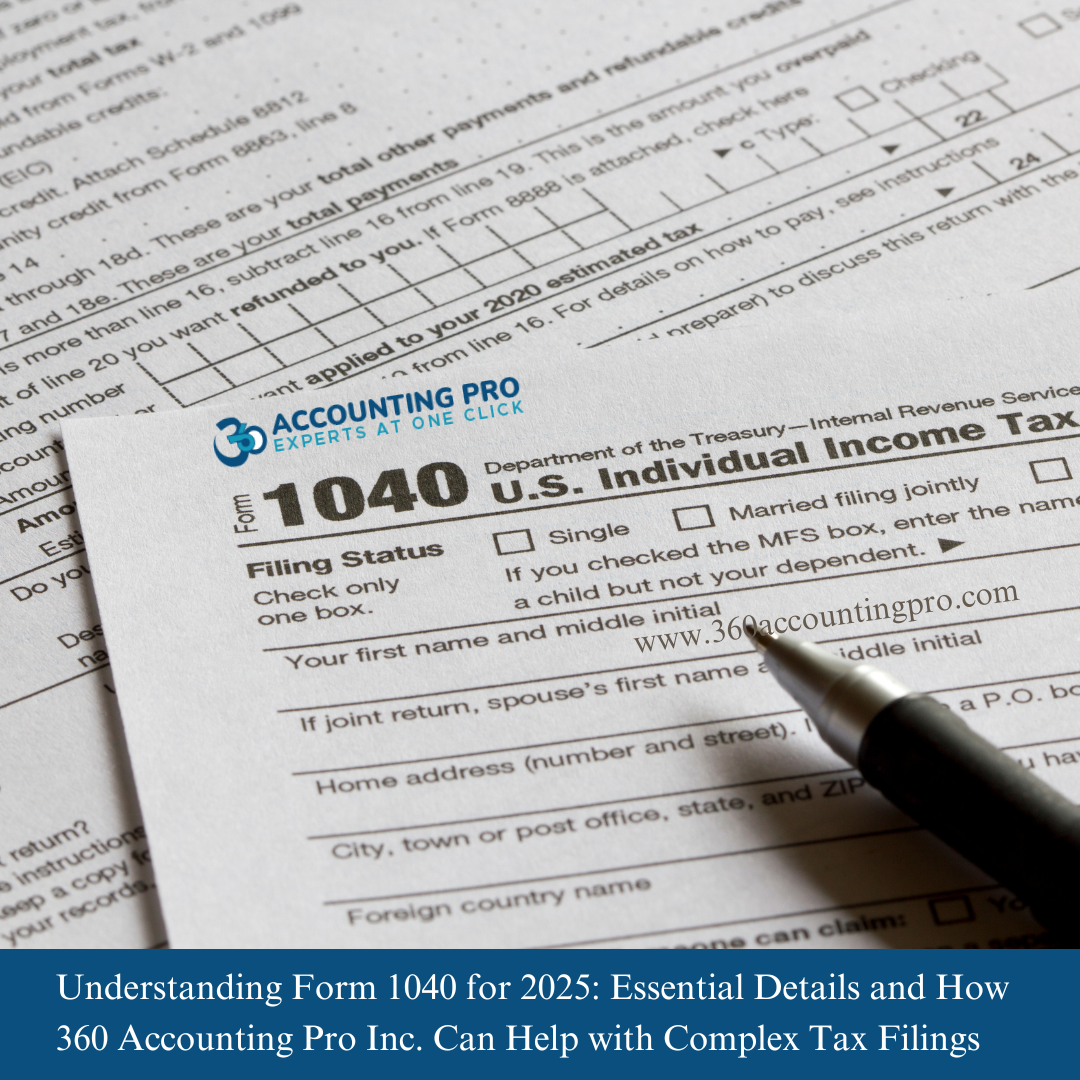


































.jpg)
.jpg)
.jpg)
.jpg)


).jpg)




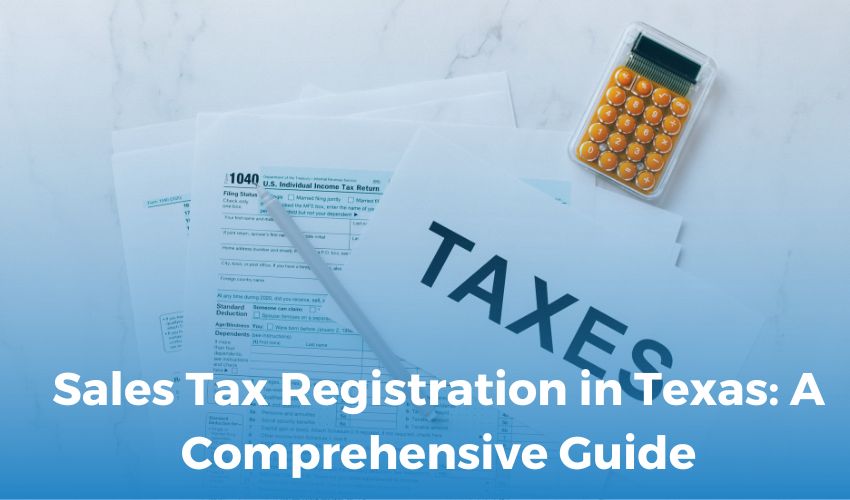
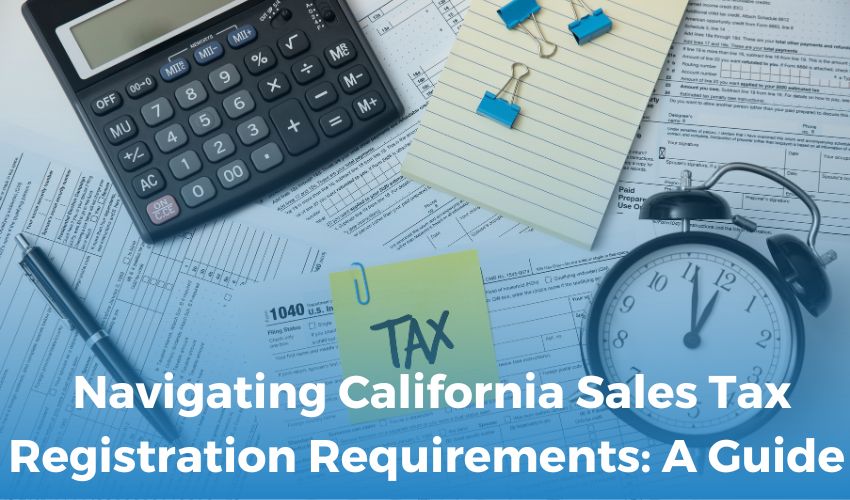








 Get A Quote
Get A Quote
Leave A Comment